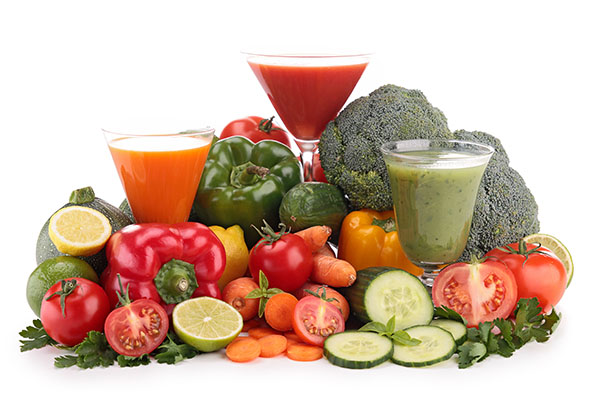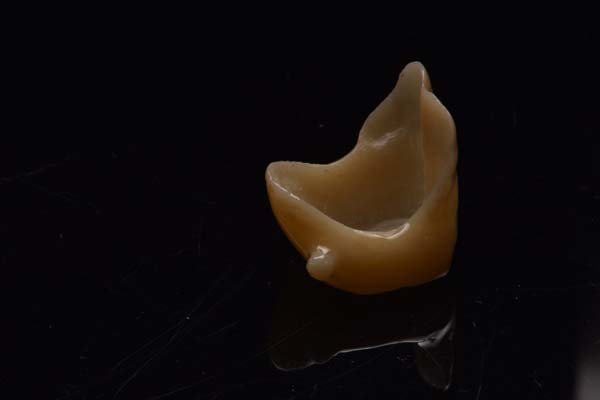Why Does Food Get Stuck in My Teeth?

Getting food stuck in your teeth is bound to happen to anyone. Whether it is a small food particle or a chunk of meat, getting certain foods stuck between your teeth can cause frustration and annoyance for many. These issues are common and will happen to everyone eventually; some just get it worse than others. Here are a few of the reasons why food constantly gets stuck in your teeth.
Reasons why food gets stuck in your teeth
Tooth gaps
Gaps within your teeth are going to attract more food particles as they have more space available for food to get lodged within them. When food gets stuck between gaps within the teeth, it not only hurts, but it also does not look good either. People with braces often times have this issue when it comes to having food lodged within their teeth due to the steel in their mouth.
Gum and periodontal diseases
Gum disease may be at hand if food is constantly being anchored in your mouth. Your gums could possibly recede and leave your teeth open to attacks from cavities and other forms of bacteria. Your gums usually start to recede when the roots are weakened due to generally poor hygiene or some sort of infection or problem within the oral cavity.
Cavities
When you develop cavities, it can open up your teeth and eventually leave empty spaces between them. They can also help form annoying and painful food traps within your mouth that only flossing and seeing a professional can help alleviate.
If you start to develop cavities, consider your lifestyle. Examine your diet and your level of sugar intake. If necessary, see a professional doctor for more nutritional advice on how to stop cavities from being formed.
Incorrect flossing
Even when you floss, if you are using improper techniques, it is no use. Flossing helps prevent food particles from sticking within your teeth. Not only is flossing good for hygienic and maintenance purposes, but it is also a great way to keep your teeth appearance looking naturally clean and white. However, if done incorrectly, flossing can actually help food get stuck even more by pushing and digging the food deeper within the teeth.
The same goes for people who constantly use toothpicks. Make sure to be gentle and do not overdo the picking.
Dieting
The most commonly noticeable foods that get lodged in the teeth are meats and vegetables. These will often be bigger pieces that are noticeable when someone smiles. When taking your diet into account, consider the number of meats and veggies you are consuming. For example, if your diet is rich in protein, the chances of meat getting stuck in your teeth are considerably higher than the average person.
Consider substitutes such as protein shakes and other alternatives. Not only can this improve your sodium and creative levels in your system, but this is also a great way to lessen the chances of food particles in your teeth.
Seeing a professional
If you are constantly seeing food lodged in your teeth day after day, consider seeing a professional on the matter. There is always a possibility of something more serious at hand than a simple diet change or flossing more often. Your oral health should always be one of your main priorities.
Are you considering teeth procedures in the Red Bluff area? Get more teeth information at https://www.drelloway.com.
Check out what others are saying about our services on Yelp: Read our Yelp reviews.
Related Posts
If you recently found out that you need to undergo a root canal treatment, you will need to visit a dentist with expertise in the procedure. Many people believe that their dentist is a one-stop shop for all their dental requirements. But this is not always the case. This article contains tips for selecting the…
A dental crown can restore a damaged, worn, or weakened tooth. This restoration can bring back your healthy smile and stable dental function. Knowing the benefits of dental caps can motivate you to set an appointment soon. Here are the benefits of a dental crown that you must consider.Losing a tooth can be annoying, especially…
Your dentist will recommend a root canal treatment to help you keep your damaged tooth. A natural tooth will always be better than a synthetic one. This treatment will restore the appearance of your tooth. If you want to know how a root canal treatment can maintain the natural look of your affected tooth, here…
A trip to the dental office is the only way to know if a root canal treatment is necessary. However, there are a few warning signs to note. It is critical to schedule an appointment immediately for the treatment if you detect any of the following symptoms. The earlier that you undergo the procedure, the…


